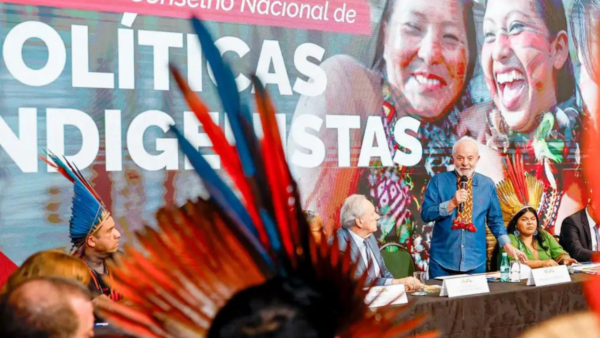The modern history of Colombia has been one of political violence. It began the 20th century with a factional conflict known as the Thousand Days’ War, during which armed struggle between Liberals and Conservatives resulted in 100,000 deaths.
At the start of the Cold War, Colombia’s capital Bogotá was swept by riots after the assassination of a popular presidential candidate, kicking off a period of disputes known as “La Violencia” (The Violence) which gave way to decades of armed conflicts that claimed the lives of almost half a million citizens.
Now, the recently-elected President Gustavo Petro — who was close to a few of those conflicts himself — has taken office with a mandate to draw a line under this century of violence, which took a massive toll on the region’s fourth-largest economy, devouring 30 percent of Colombia’s GDP in 2015 according to the Global Peace Index.
To do that, Mr. Petro believes, underlying causes have to be addressed, and at the forefront is the unequal distribution of land that has fueled violence throughout Colombia’s rural areas.
According to Breno Bringel, a political scientist from the Complutense University of Madrid, the Colombian state has a “historical debt” to minority groups in these areas, as “they are the ones who have suffered the most and have been caught in the middle of Colombia’s bloody history.”
This is why the government touted the need for an “agrarian reform” throughout its campaign, looking to hand historically-vulnerable populations a piece of land to call their own.
But what does agrarian...


 Search
Search






































